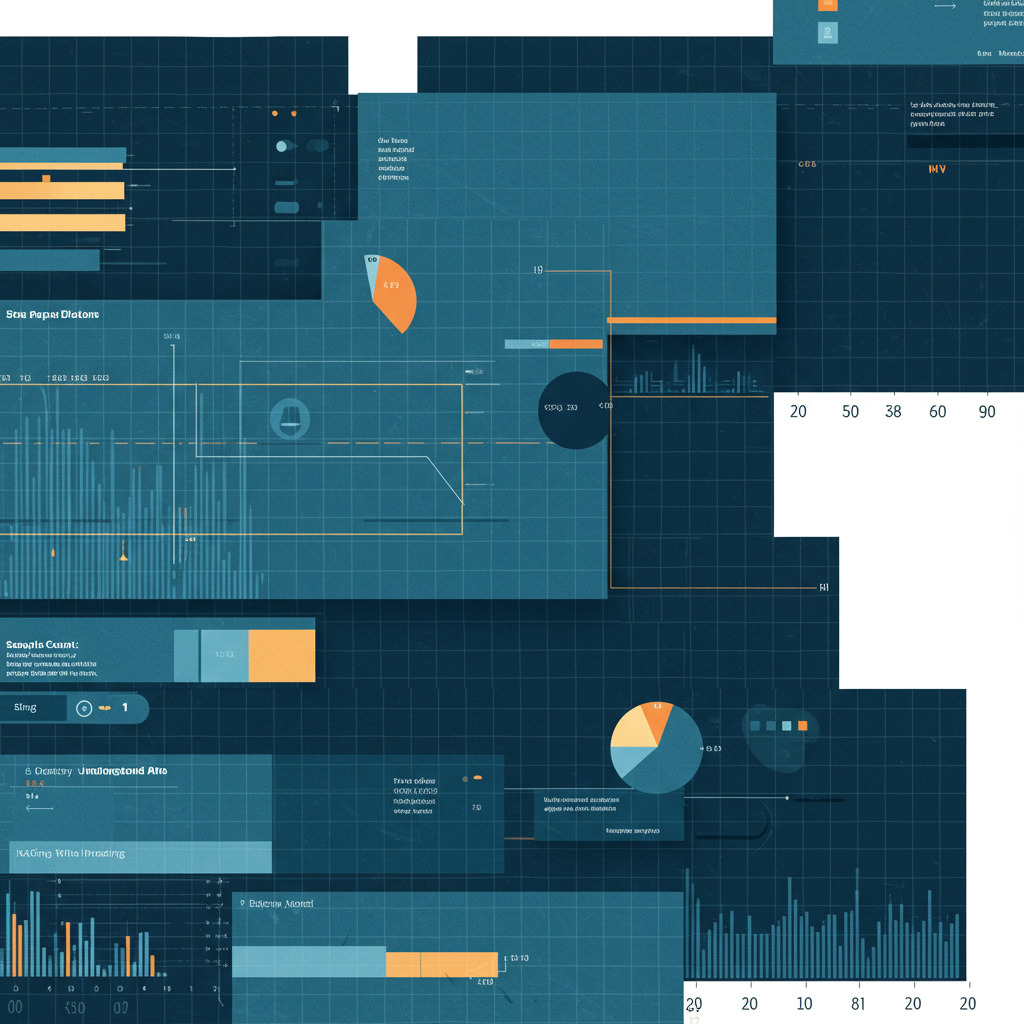Ultimate Guide to Panel Data Econometrics: Top Insights on Fixed vs Random Effects
Category: Panel Data Econometrics | Tags: panel data, fixed effects, random effects, regression models, econometrics

Excerpt: Explore this ultimate guide to panel data econometrics and uncover top insights comparing fixed and random effects models, their use cases, assumptions, and how to interpret regression results accurately in real-world applications.
Introduction to Panel Data Econometrics
Panel data econometrics plays a critical role in empirical economics, providing a powerful framework to analyze data collected over time across various units like individuals, firms, or countries. By accounting for both temporal and cross-sectional variation, it enhances model accuracy and inference quality.
What is Panel Data?
Panel data, or longitudinal data, refers to datasets that observe multiple entities across several time periods. It enables control for unobservable heterogeneity and improves estimation by using both within- and between-entity variation.
Example: Measuring GDP per capita across 20 countries over 10 years yields a panel dataset with 200 observations.
Fixed Effects Model
The fixed effects (FE) model assumes that each individual entity may have its own intercept, capturing unique characteristics that do not vary over time. This model is ideal when you suspect correlation between independent variables and entity-specific effects.
Model form: Yit = αi + βXit + εit
Strengths of FE models include elimination of omitted variable bias due to time-invariant characteristics and consistency of estimates under endogeneity assumptions.
Random Effects Model
In contrast, the random effects (RE) model assumes that entity-specific effects are random and uncorrelated with the independent variables. This model is suitable when time-invariant predictors are of interest and the assumptions hold.
Model form: Yit = α + βXit + ui + εit
The RE model is more efficient than FE under correct specification, but it risks inconsistency if the assumption of no correlation is violated.
Key Differences and the Hausman Test
The central issue between FE and RE is whether the unobserved entity-specific effects correlate with the regressors. If they do, RE produces biased results.
The Hausman test helps select the appropriate model:
- H0: RE is consistent (use RE)
- H1: FE is consistent and RE is not (use FE)
In most applied settings, failing the Hausman test leads researchers to prefer the FE model for conservative estimation.
When to Use Fixed vs Random Effects
Use Fixed Effects When:
- You are concerned about endogeneity and omitted variable bias.
- The Hausman test rejects the RE model.
- You have large N (entities) and small T (time periods).
Use Random Effects When:
- You want to include time-invariant predictors.
- Assumptions of no correlation hold.
- The dataset structure supports random variation between units.
Practical Applications and Software
Common software for panel data econometrics includes:
- Stata: xtreg, xttest0 (Hausman test), xtserial
- R: plm package
- Python: linearmodels.panel module
Proper use of syntax and diagnostics in these tools ensures valid model inference. Learn more about Stata’s xtreg function here.
See our related guide on panel data unit root testing to address non-stationarity in panel models.
Common Limitations and Considerations
Despite their strengths, panel data models have limitations. One major issue is missing data, which is common in longitudinal studies and can bias the results if not handled properly. Techniques like multiple imputation or maximum likelihood estimation are often applied to address this problem.
Another challenge is heteroskedasticity and serial correlation, especially in micro-panel datasets. Using robust standard errors or cluster-corrected errors helps improve inference reliability.
Furthermore, measurement error in explanatory variables can significantly distort fixed or random effects estimates, especially when repeated measurements are used. Instrumental variables or generalized method of moments (GMM) may be needed in such cases.
Empirical Research Examples
Panel data models are widely used in applied econometrics. For example, in labor economics, fixed effects models help estimate the impact of education on wages while controlling for unobserved individual ability. In finance, random effects models are often employed to study firm-level performance across countries while accounting for time-invariant characteristics like corporate governance.
These models allow researchers to explore causal relationships more robustly than cross-sectional or time series approaches alone, particularly when panel datasets span several years and entities.
Conclusion
This guide provided a comprehensive overview of panel data econometrics, focusing on the trade-offs between fixed effects and random effects models. By applying the Hausman test, understanding model assumptions, and choosing the appropriate framework, researchers can extract reliable insights from complex longitudinal datasets.
